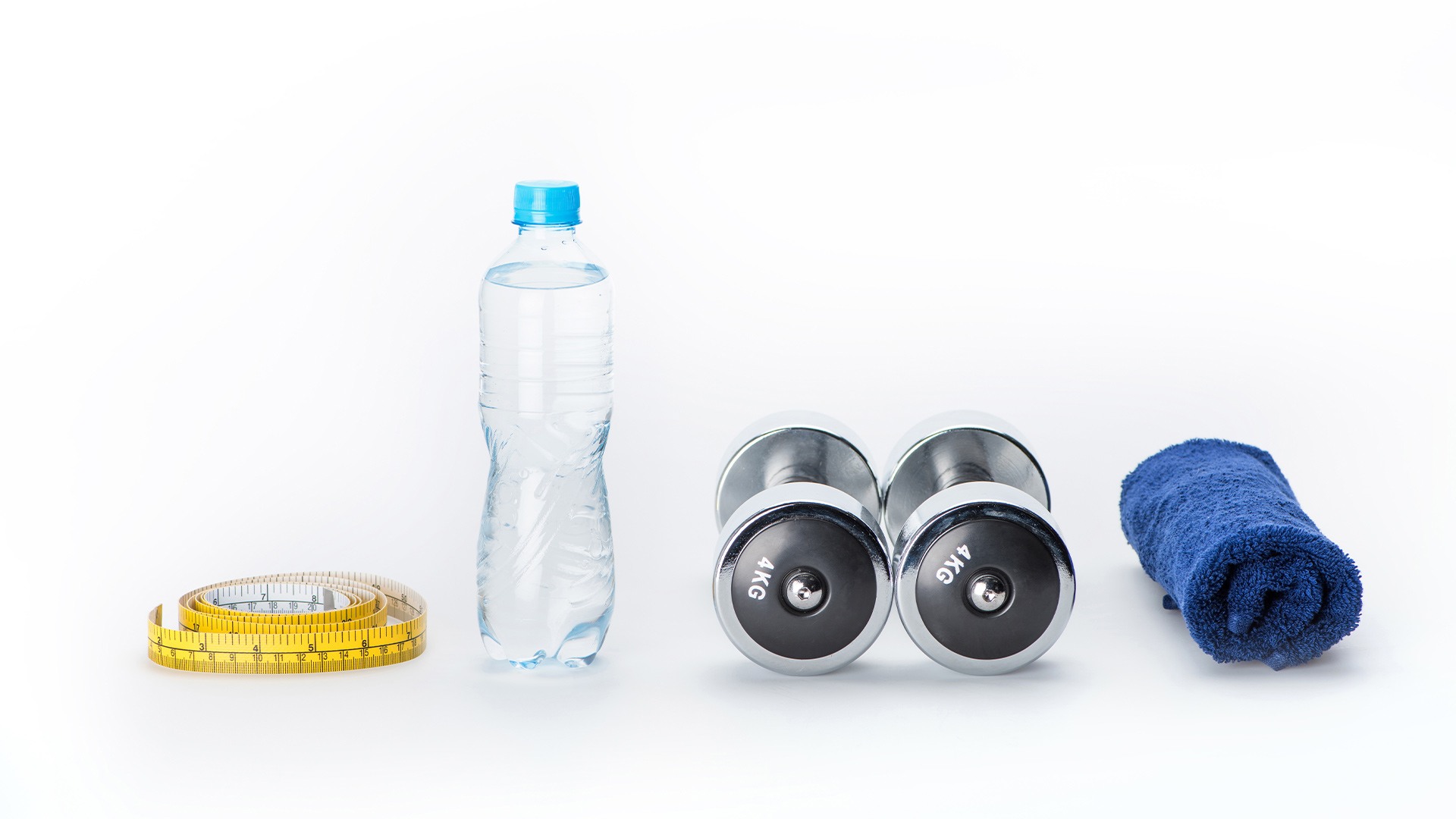Master the Art of Push-Ups: From Beginner to Beast

Push-ups may seem simple, but they’re one of the most versatile and effective bodyweight exercises out there. Whether you’re a complete beginner or a seasoned athlete, push-ups can be scaled to match your fitness level—and push you to new heights.
Done properly, push-ups build serious strength in your chest, shoulders, triceps, core, and even glutes. They also help improve posture, balance, and upper body endurance. But to truly master the push-up, you need to understand its variations, common mistakes, and how to progress safely and efficiently.
In this guide, we’ll take you step-by-step from wall push-ups to explosive variations that’ll challenge even the strongest bodyweight warriors.
Why Push-Ups Are So Effective
- Compound movement: Targets multiple muscle groups at once.
- Core activation: Requires stability from shoulders to hips.
- No equipment needed: Can be done anywhere.
- Scalable: Infinite variations for all fitness levels.
- Functional: Improves real-world pushing strength and posture.
Now let’s break down the journey—from beginner to beast.
Level 1: Absolute Beginner – Wall Push-Ups
Perfect if you’re just starting out or building strength after a break.
How to do it:
- Stand about arm’s length from a wall.
- Place your palms on the wall at chest level, shoulder-width apart.
- Bend elbows and bring chest toward the wall.
- Push back to the start position.
Reps: 3 sets of 10–15
Focus: Keep your body in a straight line from head to heels. Engage your core.
Once you can do 3 sets with perfect form, move on.
Level 2: Incline Push-Ups
Lower your hands to increase difficulty. Use a sturdy surface like a countertop, bench, or couch edge.
How to do it:
- Hands on elevated surface, body in a straight line.
- Lower chest to the surface, then press back up.
- Avoid letting your hips sag or sticking your butt up.
Reps: 3 sets of 8–12
Progress tip: The lower the surface, the harder the push-up.
Level 3: Knee Push-Ups
Now you’re on the floor, but with knees down to reduce the load.
How to do it:
- Hands under shoulders, knees on the ground.
- Lower chest toward the floor while keeping core tight.
- Push back up without arching your back.
Common mistake: Letting your hips drop—keep a straight line from shoulders to knees.
Once you can do 3 sets of 12+ reps, it’s time to level up.
Level 4: Full Push-Ups
The classic version.
How to do it:
- Start in a high plank: hands shoulder-width, core braced, body straight.
- Lower until your chest is just above the ground.
- Push back up, maintaining a straight line throughout.
Form checklist:
- Elbows at about a 45-degree angle from your body
- Neck in line with your spine (don’t crane your head)
- Squeeze glutes and engage your abs
Reps goal: Work toward 3 sets of 10–20 with excellent form.
Level 5: Tempo Push-Ups
Increase time under tension to make your muscles work harder.
Try this tempo:
- 3 seconds down
- 1 second pause at the bottom
- 2 seconds up
You’ll need fewer reps to get the same (or better) burn.
Level 6: Wide-Grip and Diamond Push-Ups
Time to shift emphasis:
- Wide-Grip: Works more chest. Place hands 6–8 inches wider than shoulder width.
- Diamond: Works more triceps. Place hands directly under your chest with thumbs and index fingers forming a diamond shape.
Reps: 3 sets of 8–12
These target muscles differently and add variety to your routine.
Level 7: Decline Push-Ups
Place your feet on a bench or low surface to increase resistance.
Why it works: Shifts more of your body weight forward, targeting the upper chest and shoulders.
Start with a low elevation and gradually increase as you get stronger.
Level 8: Explosive Push-Ups
Ready to generate power?
Try:
- Clap push-ups
- Shoulder tap push-ups
- Knee-to-chest push-ups (jump knees forward mid-air)
Only attempt these if you’ve mastered strict form and have a solid strength base.
Reps: 3–6 reps per set
Rest: 60–90 seconds between sets
Level 9: Archer Push-Ups
One arm takes more of the load, helping you build toward single-arm strength.
How to do it:
- Take a wide push-up stance.
- Lower your body toward one arm, keeping the other straight.
- Push back up and alternate sides.
This builds unilateral strength and shoulder stability.
Level 10: One-Arm Push-Ups (Advanced)
This is a serious strength and control challenge.
Tips to progress:
- Master archer push-ups
- Train with feet wider apart
- Practice eccentric (lowering) one-arm push-ups
Form is critical—don’t rush this step. Quality reps are more important than impressing anyone.
Sample Weekly Push-Up Progress Plan
Day 1: Strength Focus
- Incline push-ups: 3 x 10
- Tempo push-ups: 3 x 6
- Plank hold: 3 x 30 sec
Day 3: Volume Focus
- Regular push-ups: 4 x max reps
- Knee push-ups burnout: 1 set
- Push-up to side plank: 3 x 6/side
Day 5: Challenge Day
- Wide-grip: 3 x 8
- Diamond: 3 x 6
- Decline: 3 x 6
- Explosive: 2 x 5
Mix in 1–2 rest days and rotate based on recovery.
How to Avoid Plateaus
- Change grip width or hand position weekly
- Adjust tempo or add isometric holds
- Do supersets (back-to-back sets with no rest)
- Add weight (backpack or weighted vest) if you're advanced
Final Words
Mastering the push-up is a long game—but one that pays off across your entire fitness journey. It’s more than just chest strength. It’s about control, mobility, stability, and perseverance.
Whether you’re doing your first wall push-up or chasing the elusive one-arm version, remember: every rep is progress. Stay consistent, stay focused, and push yourself—literally.
